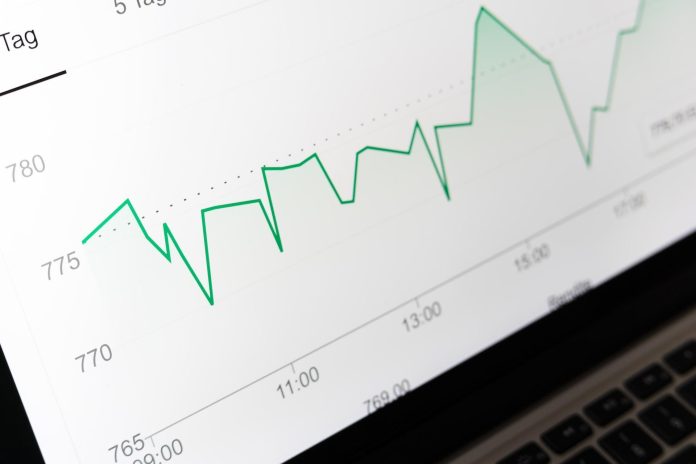As you start to get more and more into the world of trading, you’ll start to find out what works for you in terms of strategies to use. It may take a bit of experimenting, but eventually you’ll find what works for you.
There is no strategy that works for everyone, as different people have different personal circumstances and behaviours. Some may have the funds or assets that allow them to take bigger risks, whilst others like to play things safe.
A good trading strategy will usually involve a combination of techniques. One such technique that can work well in combination with others is known as backtesting.
But what is backtesting? Read on to find out…
What Does Backtesting Mean?
Backtesting is a way to test how well a potential strategy could work, without risking any of your capital.
The term backtesting refers to any process that looks at how well using your strategy would have worked in the past, by testing it against historical data.
Though it does come up a lot in the trading industry, the idea isn’t a term just limited to stocks and trading, it can be applied to a variety of situations and circumstances.
For example, a researcher can use backtesting to back up an idea or theory. If their theory was about people living in the city having a lower life expectancy than those in country areas, they would look at multiple sets of historical data to see if the theory could be true.
Essentially, backtesting is based on the theory that if something worked in the past, it would work well in the future too. However, this is just an assumption and not a guaranteed prediction.
How Does Backtesting Work in the Trading Industry?
Backtesting in the trading industry works simply by gathering historical data of a company’s performance. This record of how the stock performed previously is then put against how you’d invest in it now, you’ll then end up with an idea of how your investment would have done if you’d made it back then.
How Do You Backtest?
In order to perform a backtest, traders use tools and specialist software. Backtesting can be done in Microsoft Excel, but there are also many other options such as backtesting python, the computer programming language. Software will vary on price and the level of settings and options that it can give you, as well as giving different coverage over different markets.
Having this software and running a backtest is just one action in a series of many.
How to Run a Successful Backtest
It is important to make sure the test has the right parameters. For example, testing against data using a time period that’s too short or too long can end up giving you inaccurate results.
Choosing the wrong sort of time without taking into account what events could have affected things can also end up giving you the wrong impression of how well you’d do today.
For instance, a global event such as the 2020 pandemic and subsequent lockdowns could have temporarily increased a product’s success. However, as restrictions eased, that product may no longer be in such high demand. Not realising something like this could lead to a disastrous investment doomed to fail.
Similarly, running a test may help you identify why a certain stock performed poorly at a particular period.
Backtesting Pros
- Backtesting will show you how your trading strategy could work, giving you a better idea of what you could possibly expect.
- It will also give you a better understanding of what worked for the business or industry in the past.
- Additionally, you’ll see what didn’t work, so you can avoid those conditions, even using filters to test how things would go without these negative effects.
- You can test using a variety of different parameters, removing indicators or rules that are not helpful to you.
Backtesting Cons
- Backtesting can’t give you a completely accurate idea, and real world results often end up being much worse than any backtest result.
- You may also be tempted to over-optimize the conditions of a test, meaning that the backtest will perform well and give you the wrong impression of what real life results could look like.
- Good backtest results could end up leaving you feeling overconfident, perhaps rushing to make a trade before doing any more extensive testing.
Should You Backtest?
Whilst you can’t guarantee a good result on the basis of using a backtest, it’s a tool that’s still valuable, and worth using in combination with other practices that will assist you in finding the best trading strategy for you. So try it out, it’s definitely worth adding to your repertoire.



 Bitcoin
Bitcoin  Ethereum
Ethereum  Tether
Tether  XRP
XRP  Solana
Solana  USDC
USDC  TRON
TRON  Cardano
Cardano  Lido Staked Ether
Lido Staked Ether  Avalanche
Avalanche  Toncoin
Toncoin